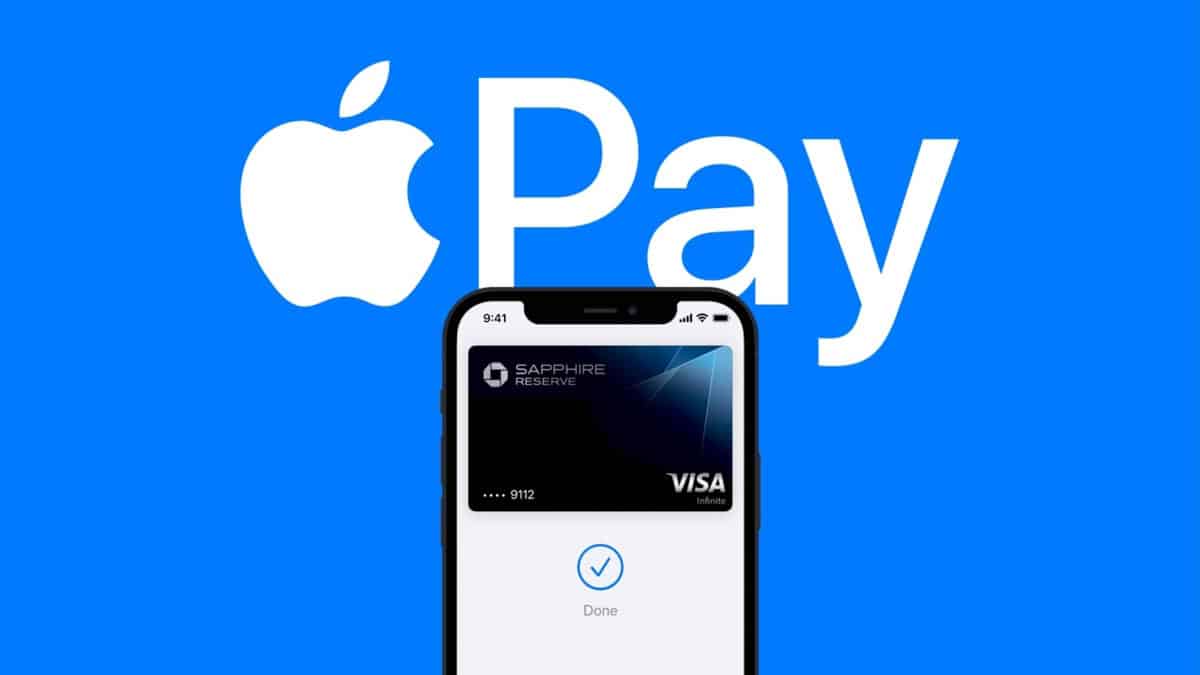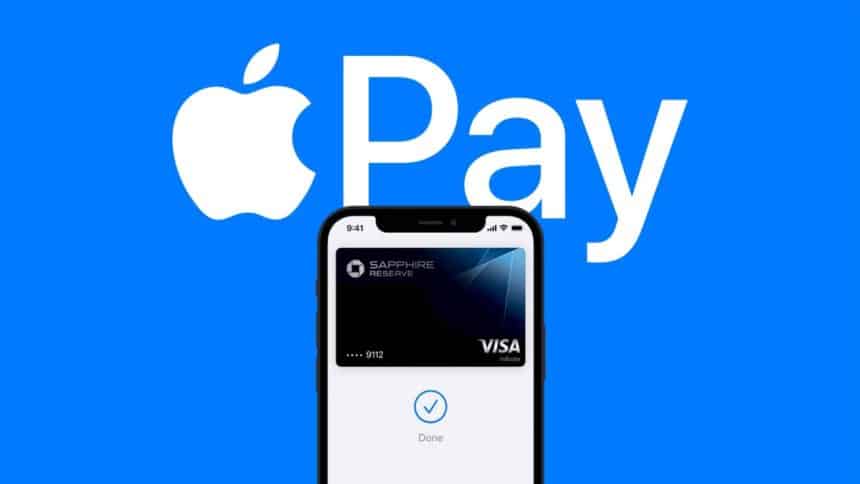Apple Pay has become the fifth most widely available online payment method globally, according to a recent study by Merchant Machine. With 5.25% of websites now supporting it, Apple Pay is gaining traction over competitors like Google Pay and Stripe, although PayPal still leads the market at 26.24%.
This rise in popularity reflects a growing demand for quicker, safer ways to pay online. Notably, Saudi Arabia leads in adoption, where over 20% of websites accept Apple Pay. Other countries showing strong uptake include Armenia, Ukraine, and the UAE. In the U.S., states like Hawaii and Wyoming top the list, each with over 17% support.

Why Consumers Choose Apple Pay
The appeal of Apple Pay lies in its convenience and privacy. Instead of sharing actual card numbers, users complete purchases with a secure one-time token. Verification through Face ID or Touch ID adds an extra layer of protection, making shoppers feel safer—especially on mobile.
Furthermore, the streamlined checkout process reduces abandoned carts. Retailers benefit from faster transactions, while customers enjoy a frictionless experience.
Barriers to Expansion
Despite its growth, Apple Pay faces some limitations. It only works on Apple devices, excluding Android users. In regions where Android dominates, such as parts of Asia and Eastern Europe, adoption remains low.
Additionally, Apple charges banks a 0.15% fee on credit card transactions and imposes strict platform rules. These restrictions have discouraged smaller developers and financial institutions from fully embracing the service.
A Broader Strategy in Digital Finance
Apple’s expansion into financial services includes Apple Card, Apple Cash, and Apple Savings. Although the company recently dropped its Apple Pay Later program, it is now working with third-party providers to offer buy-now-pay-later options.
As Apple continues to partner with banks and developers, its payment ecosystem may become even more central to digital commerce. The company’s focus on speed, security, and simplicity is clearly paying off—for both shoppers and merchants.












